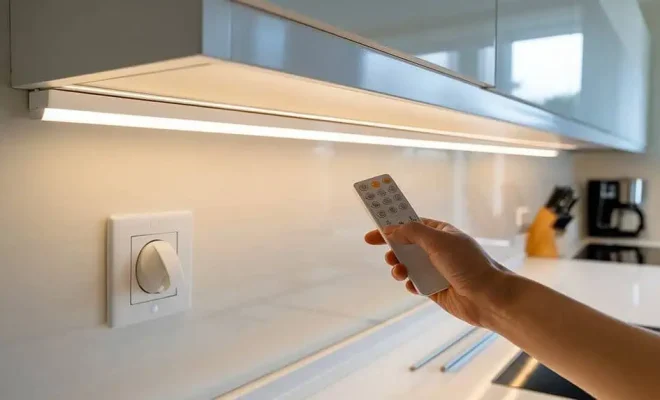Wholesale LED Strip Lights & LED Modules: Smart Lighting Solutions

In today’s fast-moving world of lighting, flexibility, efficiency, and scalability are no longer optional, they’re expected. That’s where strip lights and LED modules come in. These two lighting formats are powering up everything from sleek office interiors to massive signage installations.
So what makes them different? And how do you choose what’s right for your next project? Let’s break it down.
Lighting That Adapts to You
Whether you’re outfitting a chain of stores or revamping interior layouts, adaptability is a dealbreaker. Large-volume lighting options are gaining ground because they offer exactly that: reliability, cost-efficiency, and ease of scaling.
While strip lights provide a clean and continuous glow across surfaces, modules offer targeted brightness for displays and signage. Both can be tailored for specific voltage, brightness, and waterproofing needs, giving designers and contractors better control over their setup.
Designed for Scale: LED Strip Lights
At their core, LED strip lights are long, flexible circuits populated with light-emitting diodes. But when used at scale, their value grows significantly.
Purchasing in volume ensures consistency in color temperature, brightness, and reliability across multiple installations. It also makes large-scale rollouts more economical without compromising on quality.
In the middle of most commercial lighting decisions, wholesale led strip lights stand out for offering better flexibility in design and cost. Whether you’re lighting shelves, ceilings, or display frames, their adaptability makes them an essential tool.
Key factors to consider include:
- Voltage: Options range from 12V and 24V to high-voltage 220V versions.
- Brightness: Measured in lumens per watt (lm/W); aim for 100 lm/W or above.
- Waterproofing (IP Rating): IP21 for indoor, IP65+ for outdoor or humid spaces.
- Color Accuracy (CRI): Look for CRI 80+ for true-to-life colors.
Compact Power: What Makes LED Modules Unique
Unlike strip lights, led module systems are compact lighting units designed for precision and power. They’re often used behind acrylic signs, channel letters, or for illuminating display cases.
Each module is pre-wired and often sealed in a durable housing, making them easier to install in tight or outdoor spaces. Because of their small footprint and strong light output, they’re especially effective where uniform brightness is needed without taking up much room.
When selecting a module:
- Check Voltage Compatibility (commonly 12V or 24V)
- Consider Waterproof Ratings (like IP65/IP68 for outdoor installs)
- Pay Attention to Beam Angle for better coverage
- Look for Easy Mounting Options like adhesive backing or screw holes
Common Use Cases
LED strip lights and modules each serve distinct purposes:
- Strip Lights: Perfect for ambient, accent, and architectural lighting in offices, hospitality, and retail environments.
- Modules: Ideal for signage, display cabinets, or backlighting applications where more focused and compact illumination is needed.
Their versatility means they can work together strips for soft glows and modules for attention-grabbing highlights.
Making the Right Choice
The decision comes down to how and where the lighting is used. Strip lights offer seamless lines of light and are easy to shape around corners or curves. Modules give strong, directed light in concentrated areas.
Some smart things to consider before sourcing include:
- PCB Quality & Thickness: Thicker boards dissipate heat better
- Cut Lengths and Connection Points
- Adhesive Strength for secure mounting
- Certifications (like CE, RoHS) to ensure safety and compliance
For any bulk project, checking these specs ahead of time saves a lot of hassle later on.
Evolving with the Industry
LED lighting is far from static. New developments are shaping the way professionals design and source lighting solutions.
- Efficiency: Many products now deliver over 200 lumens per watt
- Smaller Designs: Allow more flexibility without sacrificing brightness
- Sustainability Focus: Less toxic materials and recyclable components
- Smarter Systems: Sync lighting with sensors or automation tools for energy savings
Staying aware of these trends means better long-term planning and smarter investment.
Final Thoughts
There’s no single right answer when choosing between strip lights and modules. Each has a role to play, depending on your lighting goals and environment.
By understanding how each component works from voltage to beam angle you can tailor your system for both function and aesthetics. Whether you’re working on a sleek interior or an outdoor branding project, good lighting design starts with asking the right questions and sourcing the right parts.








